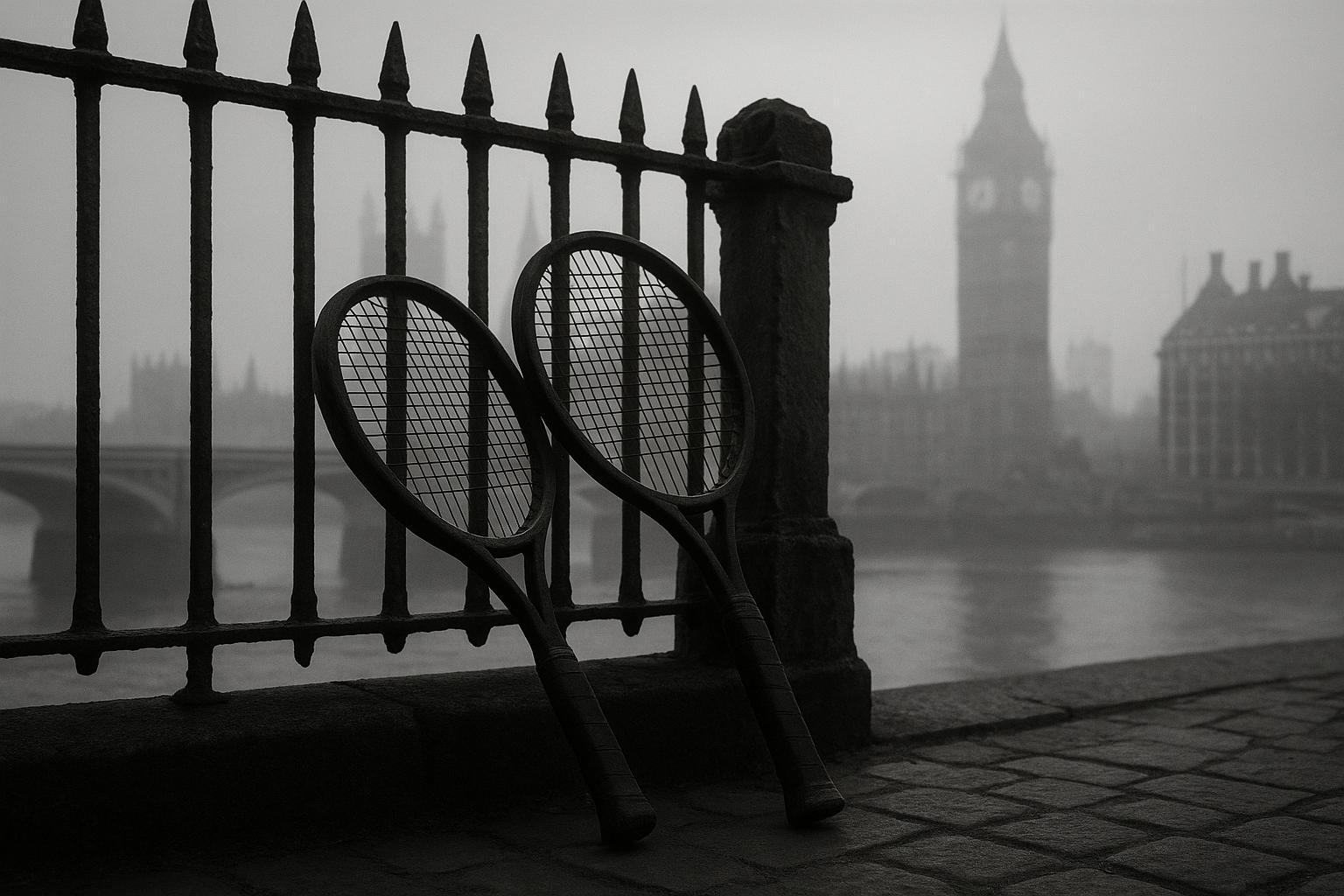The future of Wimbledon’s ambitious expansion plans remains mired in legal uncertainty, despite crucial support from prominent figures and some judicial victories for the All England Lawn Tennis Club (AELTC). Former Whitehall chief Lord O'Donnell, who also serves on the board of the AELTC, addressed the House of Lords with an impassioned plea to the Government to urgently resolve what he described as a "legal shadow" that is delaying the redevelopment project. The initiative seeks to nearly triple the size of the Wimbledon tennis site by redeveloping the adjacent former Wimbledon Park Golf Club, with proposals including 38 new tennis courts and an 8,000-seat stadium for hosting Wimbledon qualifiers on-site.
The impasse stems from a landmark 2023 Supreme Court ruling in the case of Day v Shropshire Council. The judgment upheld the continued existence of a statutory trust protecting land reserved for public recreation, unless a specific legal consultation is properly undertaken when the land is sold by local authorities. This has introduced a retrospective and widespread uncertainty affecting numerous development sites across the country, Wimbledon included. Lord O'Donnell emphasised the broader economic implications, stating: "This is important for the economic growth of the country. The Wimbledon example is an important one, but it is only one among a number," pointing to a backlog of stalled projects awaiting resolution.[1][2][3]
Highlighting the necessity of legal clarity, Lord O'Donnell supported an amendment to the Planning and Infrastructure Bill currently under consideration in the House of Lords. The amendment proposes to free subsequent purchasers of former public land from the constraints of the statutory trust, which he argues is essential to clear the way for projects like Wimbledon’s expansion. However, the Government has not committed to immediate changes, indicating instead that it will address statutory trust issues in future legislation. Communities minister Baroness Taylor of Stevenage acknowledged the "fragmentary and complex" state of existing safeguards around public recreational land, pledging a review to establish clearer guidelines for local authorities, developers, and communities.[1][2][3]
While the High Court recently dismissed a legal challenge by the Save Wimbledon Park campaign group against the AELTC’s planning permission, concerns linger over the project's broader implications. The court ruled in favour of Wimbledon’s plans, which include deploying 39 new courts and boosting daily visitor capacity from 42,000 to 50,000 spectators. Nevertheless, campaigners continue to argue that the redevelopment breaches longstanding land use restrictions from 1993, and further challenges may yet arise.[4]
Adding weight to the case for reform, Tory peer and leading planning lawyer Lord Banner explained that a "historic failure to comply with advertising requirements" in the land sale has perpetuated the trust, frustrating numerous developments that hold planning permission, Wimbledon being a high-profile example. His amendment would ensure "bona fide purchasers of former open-space land and their successors in title are free from the burden of a statutory trust." Yet this proposal was met with resistance from some peers. Labour’s Baroness Young of Old Scone voiced concern that loosening these protections risks eroding green space safeguards and undermining longstanding public rights. Likewise, Liberal Democrat Baroness Pinnock stressed the importance of securing community support, accusing the proponents of failing to adequately engage in public consultation, particularly regarding Wimbledon Park.[1][2][3]
Lord O’Donnell framed Wimbledon as a "jewel in the crown of British sport," warning that other Grand Slam tournaments are making substantial investments in upgrading facilities and fan experience. Maintaining Wimbledon's global standing, he argued, depends on evolving in line with these developments, which is crucial not just for elite sport but also for "national wellbeing." He appealed for decisive action to resolve the legal muddles: "Can we please get a grip, get on with it and solve this problem, which will enhance national wellbeing, improve the environment and stimulate economic growth?"[1][2][3]
In summary, the Wimbledon expansion continues to showcase the complexities at the intersection of sports infrastructure development, public land protection, and statutory trust law. With legislative amendments currently stalled and further legal challenges possible, stakeholders await clearer Government action to unlock the stalled projects without compromising the cherished public green spaces.
📌 Reference Map:
- [1] MyLondon - Paragraphs 1-8
- [2] ITV News London - Paragraphs 1-8
- [3] Evening Standard - Paragraphs 1-8
- [4] Reuters - Paragraphs 4-5
Source: Noah Wire Services
